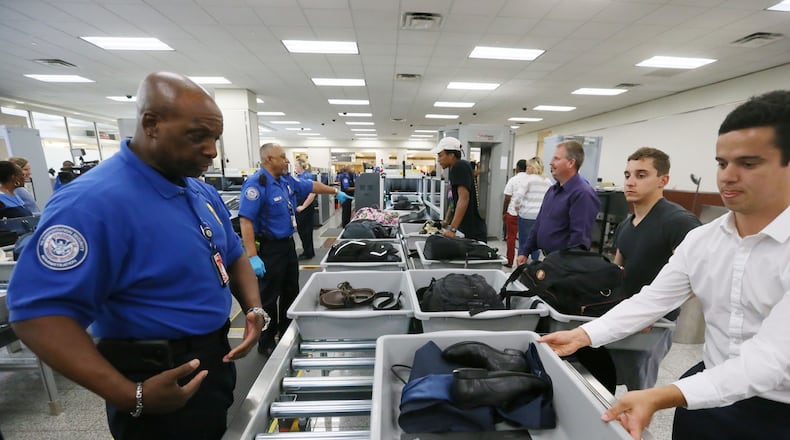Hartsfield-Jackson International has signed on to an airport industry project aimed at improving the security screening process, becoming the first U.S. airport to participate.
The Atlanta airport says it aims to better manage lines, improve security checkpoint "repacking" areas, launch passenger tracking and test automation in security lanes and other technology.
Hartsfield-Jackson, the world's busiest airport, also in May became the first airport in the country to test new automated "smart lanes" at the domestic terminal South security checkpoint, through a pilot project funded by Delta Air Lines.
Credit: Kelly Yamanouchi
Credit: Kelly Yamanouchi
"Smart Security" -- a joint project of airport industry group Airports Council International and airline industry group International Air Transport Association -- aims to "define new concepts in passenger security screening at airports," to strengthen security while improving the experience for passengers.
Through the project, the Atlanta airport will gain data "that will further increase operational efficiency here in Atlanta and will provide guidance and direction for other airports across the country," said Hartsfield-Jackson interim general manager Roosevelt Council in a written statement.
Trials will be done in collaboration with the Transportation Security Administration. Information learned from Atlanta's pilot project would be shared as part of the program to "ultimately benefit all airports," according to Airports Council International director general Angela Gittens, who is also a former general manager of the Atlanta airport.
New security processes are already being used in Europe, and trials have launched in Canada, Australia and the Middle East, according to the International Air Transport Association.
About the Author
Keep Reading
The Latest
Featured



